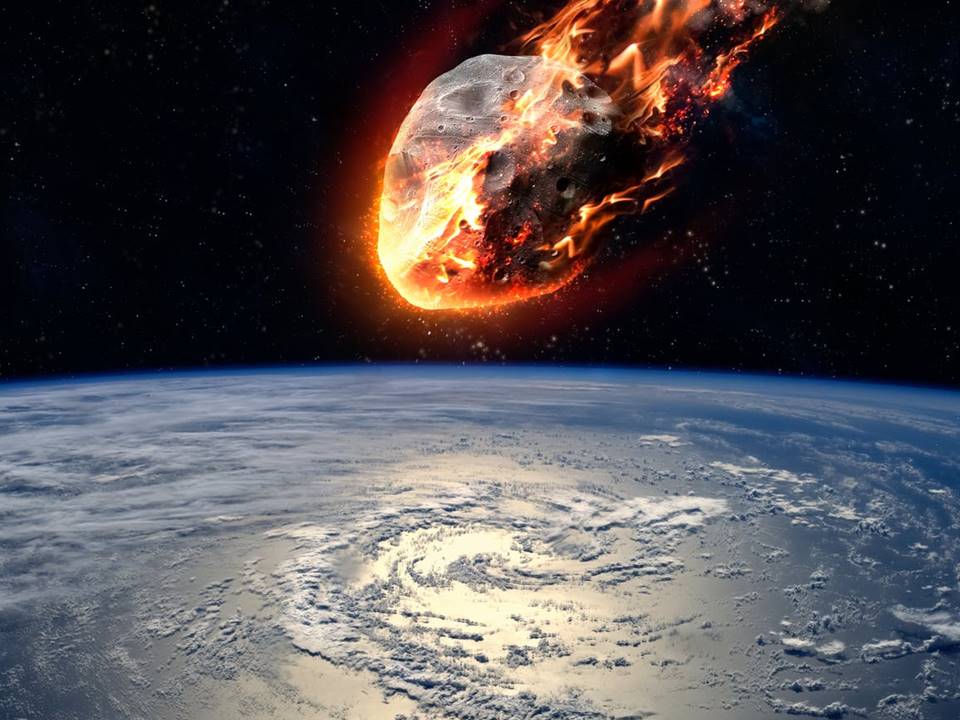Description
The asteroid that wiped out the dinosaurs from the face of the Earth had collided near Mexico. The Chicxulub impactor was a large rocky object with an estimated width of 6 miles (10 km). The asteroid created a crater that covered an area of approximately 90 miles, and the impact is credited with not only the extinction of the dinosaurs but also the extinction of approximately 75 percent of the total species at the time. The 66 million-year-old mass extinction of dinosaurs and other species have come to be widely accepted as the end of the Mesozoic era.
Click on the image to view the official tweet –
The Origin of Dinosaur-Killing Asteroid
Scientists have determined the origin of the marauding asteroid. The researchers used computer models to study 1,30,000 model asteroids and concluded that this one orbited the Sun with others in the main asteroid belt before colliding with the Earth. The impactor most likely came from the outer half of the main asteroid belt, which lies between Mars and Jupiter, as per the researchers at the Southwest Research Institute in Texas.
They went on to say that the processes that bring large asteroids from that region to Earth happen at least ten times more frequently than previously thought. Dr. David Nesvorny, the lead researcher, and his colleagues Dr. Simone Marchi and Dr. William Bottke also stated that several studies on the mass extinction that ended dinosaurs had been conducted over the last decade, but each study had raised new questions.
Two critical questions, according to Dr. Bottke, remained unanswered. One was about the impactor's origin, and the other was about the frequency of these Earth-crashing events. As a result of learning more about the asteroid, scientists were able to identify the Chicxulub impactor as a carbonaceous chondrite. Several objects in the Earth's vicinity have similar compositions to the impactor, but they are much smaller in size. Dr. Nesvorny further said that the team decided to search for the Chicxulub impactor's siblings.
The researchers then used NASA's Pleiades Supercomputer to discover that 6-mile-wide asteroids from the outer half of the asteroid belt strike the Earth at least 10 times more frequently than previously thought.
For more Updates and Information - Click here
For access to more than 10,000 Colleges - Click here
For Latest Sarkari Jobs - Click here
For Comprehensive Preparation of Competitive Exams - Click here
For School Studies and Exams Preparation across Eight Boards - Click here











